“I will not go to medical,” said four-year-old Shanti in a feeble voice to her father. Shanti and her father are members of the Koya tribe, inhabitants of Odisha’s Malkangiri district. It’s a dreary time for the community; over a hundred children have died in the last two months, suffering from an unknown disease.
But if it’s a tough time for the community, spare a thought for Shanti’s father, who has lost two of his children to the same disease, and now has a third daughter suffering. “Two of my children died in medical. What if the third one also meets the same fate?” he choked.
The child’s resistance against hospitalisation didn’t last long; District magistrate K Sudarshan Chakrabarty had the ailing child under medical care soon enough. It has become a part of his administration’s daily battle against the unknown disease, that is now spreading among the tribals.
“The district administration is dealing with the abrupt rise in child death cases in the tribal villages of Malkangiri for the last three months. Despite the administration’s efforts, however, fear still persists among the people,” says R Srinivasan Rao a social activist from the region. “The first child death was reported on 9 September. Though only 102 deaths have been reported till now, the actual toll could be higher,” said Debabrat Sana, a journalist from the region.
If there is a mismatch between the official government figures and actual deaths in the region, it’s because several tribals rely on traditional medicine to meet with their health requirements, said Rao. “Most of the people in the village don’t go to hospitals. Rather, they visit the local ojhas who purportedly treat them with mantras. Deaths occurring during such treatment are seldom reported,” he said.
Dr Kalyan Kumar Sarkar, additional district medical officer, added that several patients are being admitted with symptoms similar to Japanese Encephlitis. “Among patients admitted to the hospital, 36 were found to be Japanese Encephelitis positive,” Sarkar said. “But strangely, even patients who were not Japanese Encephalitis positive were showing similar symptoms. The cause of their ailments was not found,” the doctor added.
These patients who are suffering symptoms similar to Japanese Encephalitis are said to be ailing from the “Acute Encephalitis Syndrome”. Malkangiri has become the hotspot for Acute Encephalitis Syndrome as well. “Scientists from across the country and abroad as well visited the district to enquire into the new health condition,” Sana said.
But a team of scientists, led by Dr E Jacob James from a hospital in Tamil Nadu, came up with a novel interpretation of the riddle that said a seed that Malkangiri villagers pluck from the wilderness and eat might have caused the unexplained symptoms. “The seed is known as Chakunda among the people here, and is found to have toxic properties. Eating this may result in Japanese Encephalitis-like symptoms and also cause abrupt glucose deficiency, which could be fatal,” Sarkar said.
But very few villagers believe in this interpretation, instead saying that Chakunda seeds have been a part of the food habit of local tribes for a very long time and nobody ever discovered it to be lethal. “Chakunda seeds are used as pulses by the tribes here for a long time and are known to have medicinal properties. How can it be toxic all of a sudden?” Rao asked.
Rao said this explanation is only meant to cover up the government’s failure in providing health facilities to the poor tribals of the district. “If Chakunda seeds are indeed causing these deaths, then why are only malnourished tribal children dying?” he asked, adding that it’s actually a “classic case of the government’s neglect of Odisha’s tribals”.
Even Sana, himself a resident of the district, admitted that he’d never heard of people dying because they ate Chakunda seeds.
But Sarkar has a possible answer. “Chakunda seeds grow in the wilderness after September every year and people eat it. Deaths have been happening this time of the year for a long time. But this is the first time cause of these deaths have been ascertained,” he said.
Dalit Camera , a website that provides data about issues affecting villagers, said 7,493 children have died in the area since the year 2012, including 128 in the last two months. But locals take this figure with a pinch of salt.
Whatever be the interpretations of the spate of child deaths rocking this remote village in Odisha, fact remains that the district administration has taken two pronged approach to face this challenge. “Since Japanese Encephalitis has also been detected in a number of patients, we are trying our best to create awareness among the people to prevent spreading of this virus. Apart from that, other interventions have also been initiated. In the second approach, for instance, we have publicised the ills of Chakunda seeds, and warned people against ingesting them,” Sarkar said.
Moreover, there are many who refuse to have their children admitted to hospitals given a mistrust of medicine and also considering the many number of deaths that have taken place. However, for some, like four-year-old Shanti, who survived because of timely medical intervention, medicine can also be a boon.


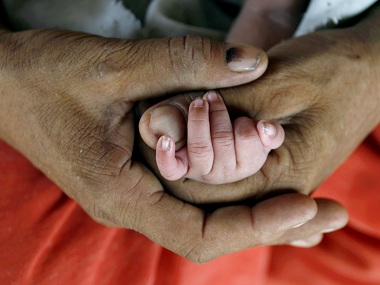)




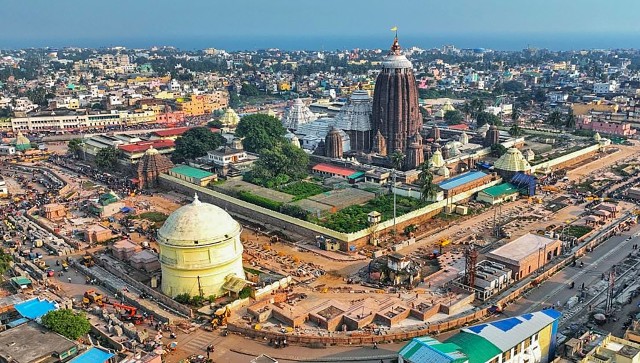)
)
)
)
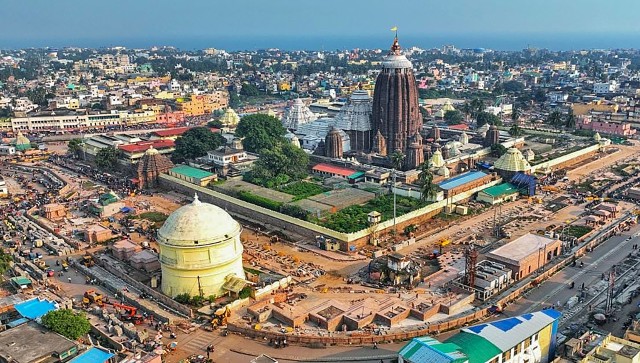)
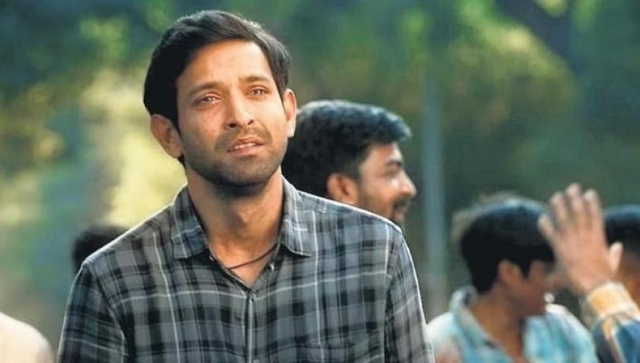)
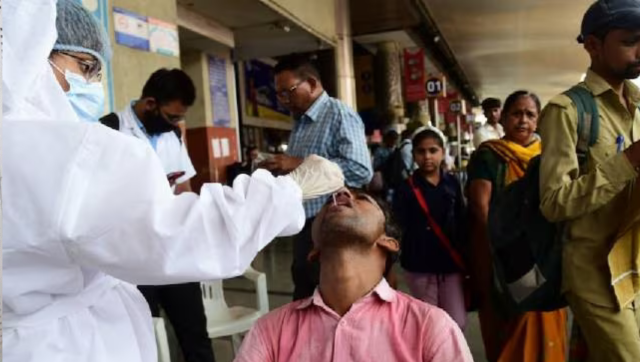)
)